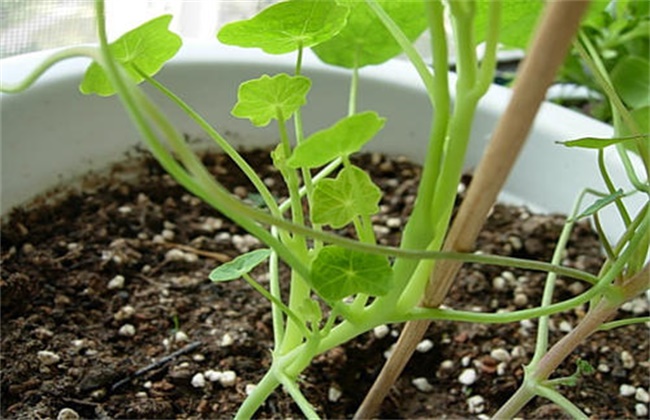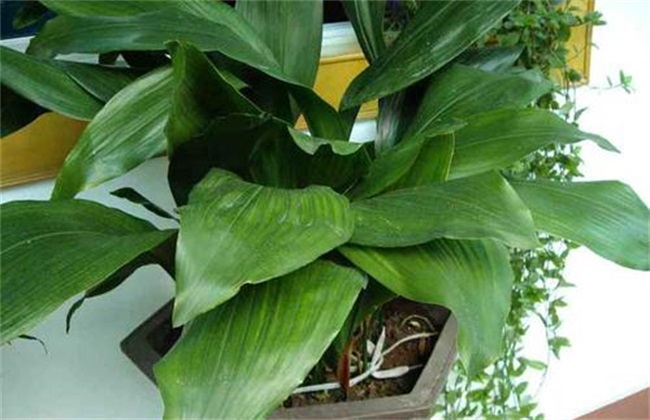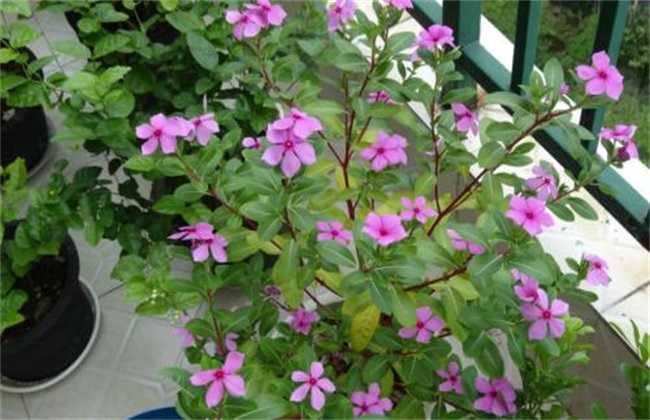How to deal with the rotten root of Hannanjinlian
Dry Golden Lotus likes mild climate, does not tolerate severe cold and heat, needs to choose loose and breathable soil when potted, it likes moist but afraid of drought and waterlogging, all these are to prevent it from showing rotten roots. What should many friends do when they have rotten roots in breeding? Come and have a look with the editor.

First, the reason for the rotten root of Handelia lanceolata
1. Waterlogging
From its name, we can see that it is not suitable for aquatic life. A single flower of water will cause its root system not to breathe normally, and a long time will cause it to suffocate and die, resulting in root rot, especially after flowering. Too much water can easily lead to wet rot of its root system.
2. Excessive fertilizer
No flower can be fertilized with too high concentration, nor can it be fertilized too much at one time. Although fertilizer can promote plants, it is also believed that intervention, if intervened too much, may not necessarily make the lotus grow better, which may be counterproductive. Rotten roots are one of the manifestations.
II. Solutions
1. Pruning rotten roots
When the rotting roots of Nelumbo nucifera should first be removed from the pot soil, the rotten roots should be removed in time, and the roots should be disinfected and sterilized by spraying carbendazim, and then put them in a cool place to dry for a day. When taking out the basin, we should pay attention to that the stem of Nelumbo nucifera is fragile, so we must be careful not to break it.
2. Change the basin soil
After pruning the rotten roots, you can't just ignore them. It also needs to be re-configured with new basin soil conservation. Clematis paniculata can generally use rotten leaf soil, river sand and ashes as a matrix, and after configuration, the soil should be disinfected to avoid secondary infection, and then re-basin maintenance.
3. Controlling water and stopping fertilizer
The rotten roots caused by improper fertilizer and water can not only be solved by opening, pruning and renewing, changing basin soil maintenance, but also need to control water and stop fertilizer in the later growth, wait a week before watering it properly, wait for the plant to take root again, and gradually restore vitality. Fertilizer conservation can be applied again.
4. Control temperature and keep warm
Golden lotus generally needs to be placed in the sun, in order to grow better in the sun, after the rotten root treatment, first need to maintain it in the semi-shade. If it is in winter, it can be placed directly in the sun, but also make sure that the temperature is above 5 degrees, so as not to freeze to death.
The above is the introduction of how to deal with the rotten root. I hope it can help you. If you want to know more about it, please pay attention to us.
Related
- Fuxing push coffee new agricultural production and marketing class: lack of small-scale processing plants
- Jujube rice field leisure farm deep ploughing Yilan for five years to create a space for organic food and play
- Nongyu Farm-A trial of organic papaya for brave women with advanced technology
- Four points for attention in the prevention and control of diseases and insect pests of edible fungi
- How to add nutrient solution to Edible Fungi
- Is there any good way to control edible fungus mites?
- Open Inoculation Technology of Edible Fungi
- Is there any clever way to use fertilizer for edible fungus in winter?
- What agents are used to kill the pathogens of edible fungi in the mushroom shed?
- Rapid drying of Edible Fungi



